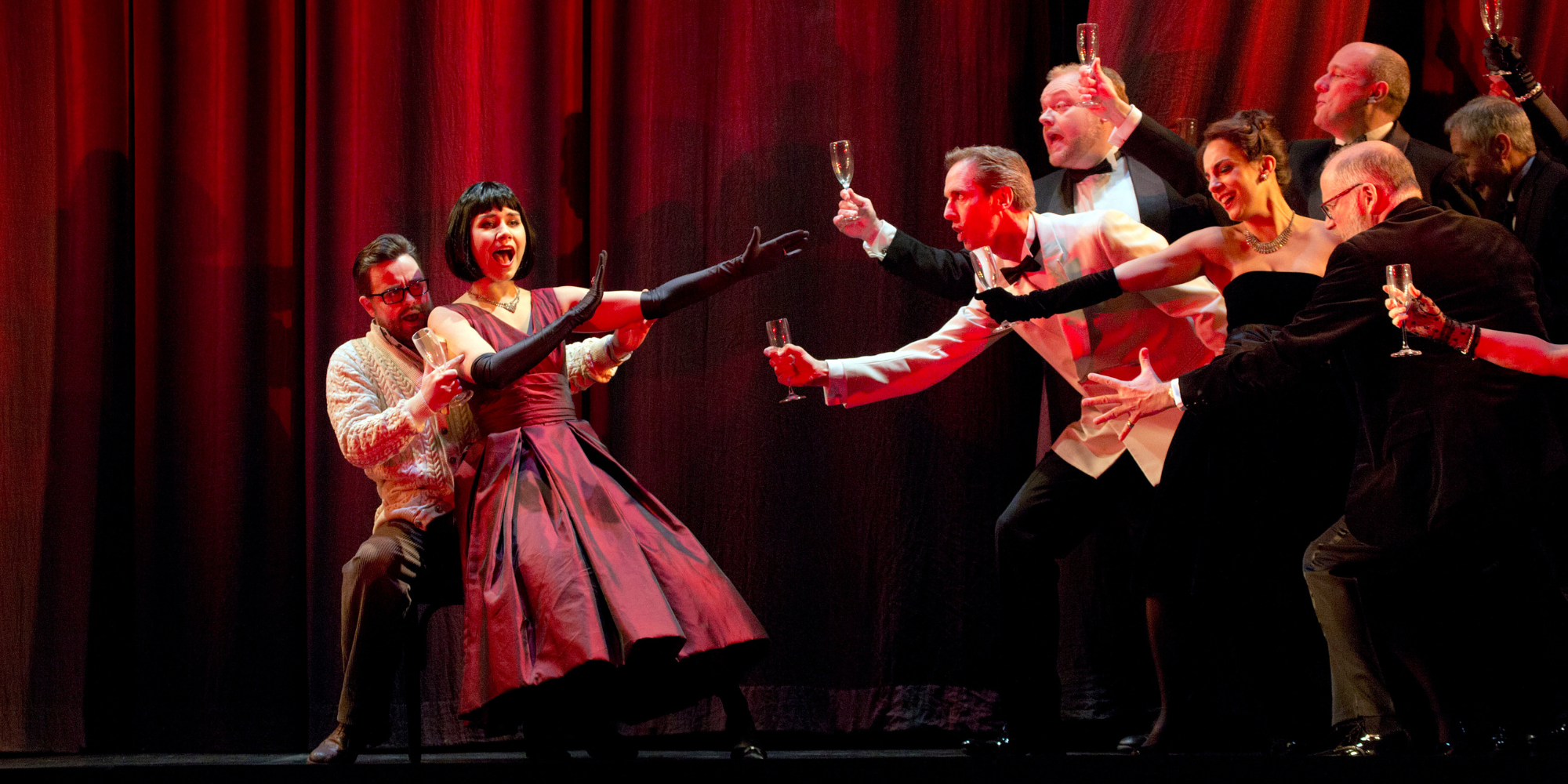What is opera?
Opera (the Italian word for ‘ _work’_) is an art form that tells a story through music and singing. Unlike a musical, opera singers do not use microphones to amplify their voices, and the music, played by the orchestra, is completely live.
The first ever public opera house opened in 1637 (the Teatro San Cassiano, Venice). This transformed Venice into Europe’s main centre for opera. As opera grew in popularity as an art form, more songs were included to please the
crowds.
Composers wanted their operas to be in the language of the audience. This is why, for example, Austrian composer Mozart’s The Marriage of Figaro was written with Italian words (its libretto).
The Story
Operas are often based on pre-existing work. For example, Poul Ruder’s The Handmaid’s Tale is based on Margaret Atwood’s seminal novel of the same name.
Carmen by Georges Bizet is based on a novella by Prosper Merimee. And Jake Heggie and Gene Scheer adapted the genre-defining Frank Capra film, It’s a Wonderful Life into an opera.
Purcell, Rossini and Britten and Britten are just a few examples of composers who wrote operas based on the works of Shakespeare.
Meet a Librettist
Watch Librettist Emma Jenkins talking about how she began her career and what she loves about working in the arts.

The music
Once the opera’s subject matter has been decided on, the librettist (the person who writes the text for the opera) will transform the text into poetic verse, suitable for singing. The composer then creates music for that libretto.
Here at ENO, we perform in English, meaning we work with translators, if the libretto is in another language.
The orchestra, led by a conductor, is made up of different musical instrument sections: strings, woodwinds, brass, and percussion. The number of musicians needed in an orchestra is different for different operas; Handel’s operas most commonly use a smaller orchestra (made up of around 50 musicians) compared with those of Wagner whose operas can require an ensemble of up to 120 players.
Before the 19th century, conductors weren’t needed in the staging of an opera. Back then, the orchestra was significantly smaller and weren’t housed in a pit. It wasn’t until Beethoven’s time, in the early 1800s, that the orchestra grew by 50 percent as the musical score had become so complex that a single musician could no longer keep the ensemble together, thus the introduction of a conductor.
Meet a composer
Gain a little more insight into the life of a composer as Iain Bell discusses his career and his process for writing the music for operas.

Opera voice types
Most opera singers fall into a certain voice types which helps them to be cast in roles.
A singer’s voice type not only depends on their vocal range, but also the quality and power of their voice. Although there are many different voice types, here’s seven of the most common.
Female singers main voice types:
- Soprano – the highest voice type for female singers.
- Mezzo-soprano – lower than soprano.
- Contralto/Alto – lowest female voice.
Watch the two videos below to compare a soprano voice with a Mezzo-soprano voice.


Male singers main voice types:
- Countertenor – the highest in the male voice range, this also falls within a woman’s voice range.
- Tenor – most often the highest male voice in an opera.
- Baritone – most common male voice in an opera.
- Bass – comes from the Italian word ‘basso’, which means low.
Watch the two videos below to compare a tenor voice with a bass voice.


The staging
Once the opera has been written and composed, the Director, and everyone else involved in the decision-making process will decide how they want to stage the production.
Find out how we stage an opera here at ENO with this video…
We hope our beginner’s guide to opera has helped ignite your interest in this exciting art form.
If you’d like to give opera a try, head to our What’s On Page to see our upcoming productions.



